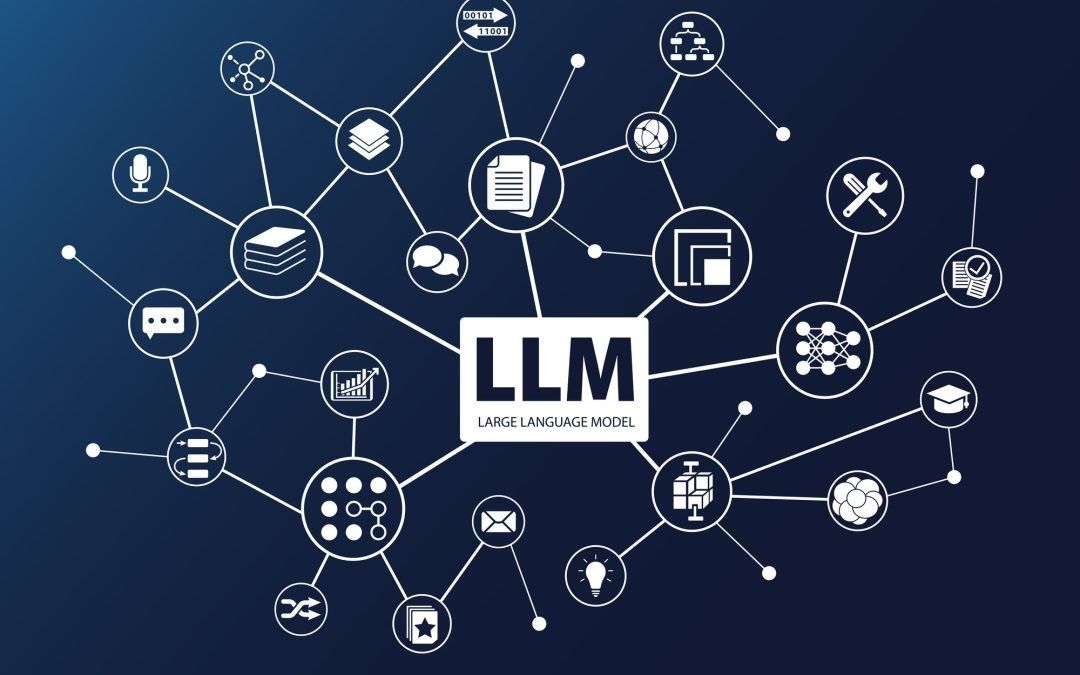Understanding Large Language Models

Large Language Models (LLMs) are at the forefront of artificial intelligence, transforming the way we interact with technology. From chatbots to content creation, LLMs have a wide range of applications. In this beginner's guide, we'll explore what LLMs are, how they work, and their various uses in everyday life.
What Are Large Language Models?
Large Language Models are a type of artificial intelligence designed to understand and generate human language. They are built using deep learning techniques, particularly neural networks, which mimic the way the human brain processes information. The term "large" refers to the vast number of parameters these models use, which can range from millions to billions. These parameters enable the model to learn and understand the complexities of language, including grammar, context, and even subtle nuances.
How Do LLMs Work?
LLMs are trained on massive datasets that include a wide variety of text sources, such as books, articles, websites, and more. The training process involves several key steps:
- Data Collection: The first step is gathering a large and diverse dataset. This data includes text from various domains and languages to ensure the model learns a broad understanding of language.
- Pre-training: During pre-training, the model learns to predict the next word in a sentence. For example, given the input "The cat sat on the", the model would learn to predict "mat." This process helps the model understand grammar, context, and common patterns in language.
- Fine-tuning: After pre-training, the model undergoes fine-tuning on specific tasks or domains. For example, a model might be fine-tuned to understand medical terminology or legal language. Fine-tuning helps the model become more accurate and specialized.
- Inference: Once trained, the model can generate or understand text. When given an input, the model uses its learned parameters to produce a relevant and coherent response. This process is known as inference.
Applications of LLMs
LLMs have a wide range of applications across various industries. Here are some of the most common uses:
- Customer Support: LLMs power chatbots and virtual assistants, providing instant responses to customer queries. They can handle a variety of tasks, from answering FAQs to troubleshooting issues.
- Content Creation: LLMs assist in generating content, such as articles, blog posts, and social media updates. They can help writers brainstorm ideas, create drafts, and even generate full pieces of content.
- Translation: LLMs are used in translation services to convert text from one language to another. They can handle multiple languages and provide contextually accurate translations.
- Education: LLMs are used in educational tools to provide personalized learning experiences. They can generate explanations, answer questions, and even create interactive learning modules.
- Healthcare: In the medical field, LLMs assist in processing and analyzing patient data, generating reports, and providing diagnostic support. They help healthcare professionals by saving time and improving accuracy.
- Entertainment: LLMs are used in creative industries to generate scripts, compose music, and create interactive experiences. They can even help in developing game dialogue and storylines.
- Research: Researchers use LLMs to analyze large datasets, summarize research papers, and generate hypotheses. They assist in finding relevant information and speeding up the research process.
Benefits and Challenges
Benefits:
- Efficiency: LLMs can process and generate text quickly, saving time and effort for users.
- Versatility: They can be applied to various tasks and domains, making them highly adaptable.
- Accuracy: LLMs can produce coherent and contextually relevant text, enhancing the quality of outputs.
Challenges:
- Bias: LLMs can inadvertently learn and reproduce biases present in their training data.
- Resource Intensive: Training and running LLMs require significant computational resources.
- Ethical Concerns: The use of LLMs raises ethical questions around privacy, security, and potential misuse.
Conclusion
Large Language Models represent a significant advancement in the field of artificial intelligence. By understanding how they work and their wide range of applications, we can appreciate their potential to transform various industries. However, it is essential to address the challenges and ethical considerations to ensure that LLMs are used responsibly and effectively. As technology continues to evolve, LLMs will undoubtedly play an increasingly integral role in our daily lives, making it crucial for us to stay informed and engaged with their development.